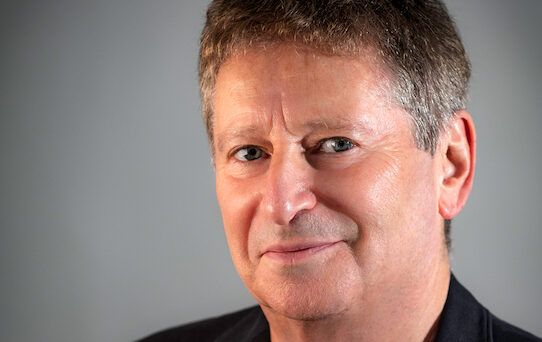“It’s no coincidence that Rishi Sunak, in announcing the reduction on sparkling wine duty in his budget of 27 October said that ‘it’s clear sparkling wines are no longer the preserve of wealthy elites’,” writes Rose.
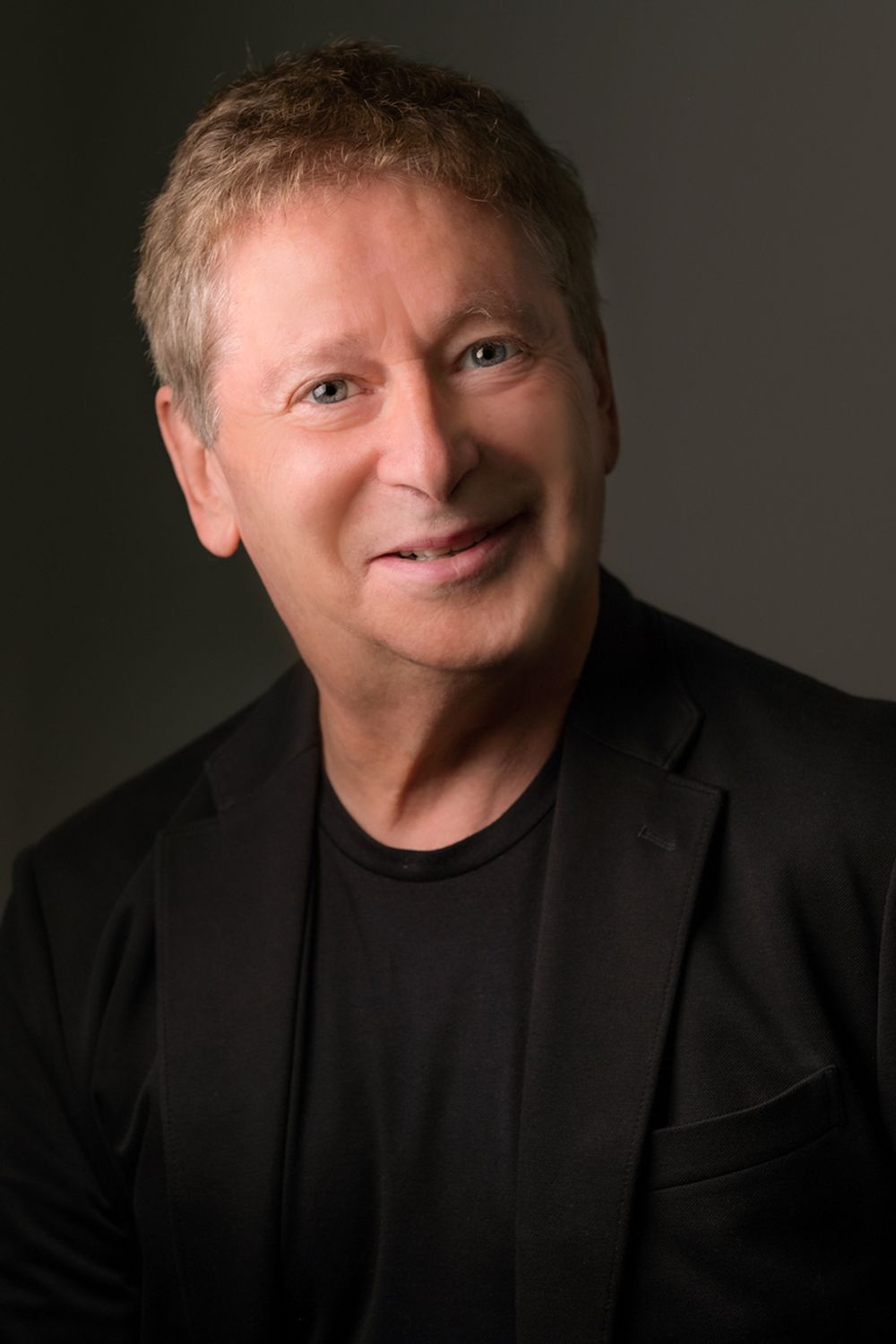
PETER DEAN: Congratulations on the publication of Fizz! Champagne and Sparkling Wines of the World – an enjoyable read and quite a massive undertaking.
ANTHONY ROSE: Thank you for giving me this opportunity.
Tell us how you approached the subject of sparkling wine and how long it took?
In late 2018, I was asked by the publisher of my sake book, Infinite Ideas, if I’d be interested in writing about sparkling wines in the same Classic Wine Library Series. Like sake, fizz has a fascinating technical side, but above all I was keen to delve into the reasons why sparkling wine has become such a magnet for producers and an appealing drink for consumers. That meant covering the historical and technical bases, issues such as climate change and terroir and selecting producer profiles for the regional sections. I started work on it in early 2019 soon after the sake book was published and finished the book in October this year.
Who is the book intended for?
My job as wine correspondent at The Independent was to draw in as wide an audience as possible, including readers who weren’t necessarily that interested in wine. So it is with the book, which is why it contains so many stories of different kinds: the history of the bubble, the techniques, the burning issues of the day (yes, there is a section on climate change), the regions and above all the individuals who’ve invested their lives in pursuit of making quality bubbles. As a book in the Classic Wine Library Series, it’s also aimed at students and wine lovers, but I hope that it appeals to anyone who wants to expand their choices and horizons.
What’s new about the approach?
There are a lot of books on Champagne but very few on sparkling wine because in the past fizz has played second, third and fourth fiddle to Champagne. That’s changed and the focus of the book is on sparkling wine, but I didn’t want to leave out Champagne because it’s too important to ignore and, at the highest level, it’s still turning out the world’s best fizz. What’s new here is that Champagne only takes up about a third of the space (less in the regional profiles) to give a voice to the burgeoning growth of sparkling wines in a plethora of different styles.

Peter Hall, English sparkling wine pioneer, Breaky Bottom, Sussex
What were the greatest challenges in taking on such a large subject?
The main challenges were being able to cover as much ground as I wanted to without trying to be all things to all people. The book is not meant to be an encyclopedia. Covering ground also became tough when Covid-19 kicked in, which limited my travel options more than I would have liked. But I was fortunate in getting in quite a bit of travel before Covid, and of course I had already visited many of the wineries whose profiles I was writing, so a judicious mixture of getting in samples and talking to people on Zoom (I even did one 2-day Zoom trip) by and large compensated for the travel restrictions.
How difficult was it finding new material?
The difficulty was not in finding new material but the opposite, i.e. in having to leave out material I would like to have included. Sections on investing in sparkling wine, the protection of the champagne name, celebrity sparkling wines, sparkling wine and food, were among those to hit the cutting floor. Worse still, quite a few regional profiles of wineries had to be edited down or sacrificed on space grounds.
What is the rationale about what is kept in and what is left out?
I didn’t want sparkling wine to come in a poor second to Champagne, so the sections just mentioned had to be left by the wayside. In the long run, I think that achieved a better balance and helped to set the right priorities. As for the profiles section, my aim was to choose producers I most admire and whose wines I most enjoy, but that still meant having to jettison quite a few producers who would have made the cut if the book had been longer.
Apart from Champagne, English sparkling wine covers more pages than any other country or style in the book, including Italy and Spain. How justified?
I doubt that Stephen Skelton MW or Oz Clarke were asked by their publishers to justify their recent books devoted entirely to the subject of English wine, most of it sparkling. The fact is that English sparkling wine is one of the most exciting up-and-coming areas in the world of fizz to the extent that it’s fair to say it has up and come. The problem was how many profiles of English producers I ended up having to omit. 26 English producers are profiled, which is less than 15% of the total of 178 profiles in the book.
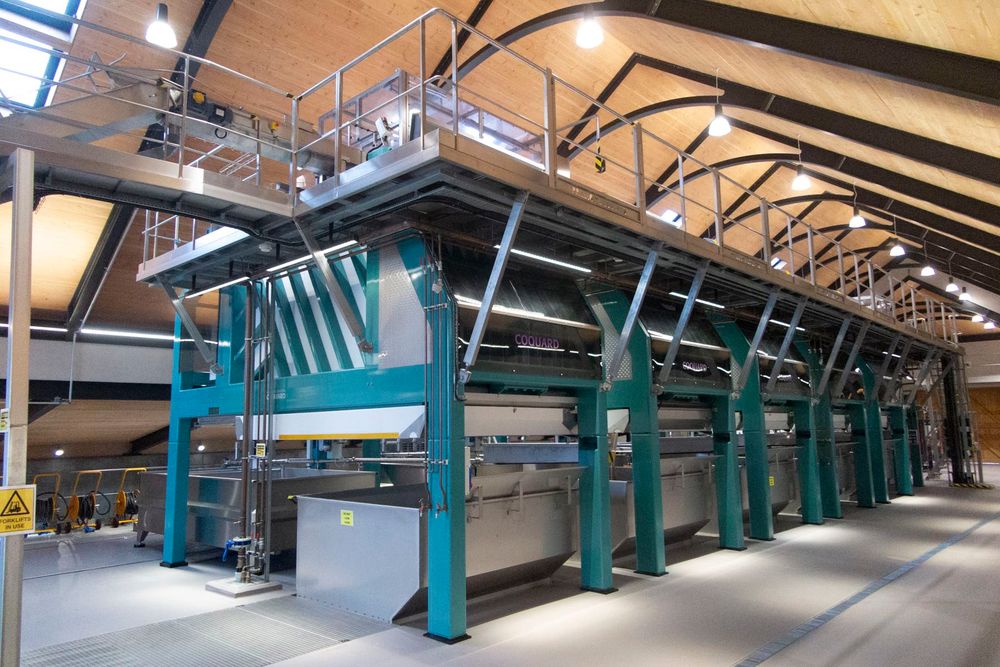
Coquard press, Nyetimber, West Sussex
How come the sparkling wines of Southern France warrants just 10 lines in a 388-page book?
The section on the sparkling wines of France (Champagne apart) includes the Crémants of Alsace, Loire, Limoux, Jura, Savoie, Bordeaux and Burgundy, and so, in that context, the southern French appellations of Limoux, Gaillac and Clairette de Die do have their moment in the sun, as it were. Given more space, I might have been able to expand a bit, but, if I’m honest, do these wines really set the world alight? I don’t think so, and as I explained, in the selection of what to include, I have had to show a certain degree of ruthlessness.
So what made you decide on Champagne and sparkling wine as an area of expertise?
I’m a generalist, not an expert, but I’ve always been more drawn to some regions or countries than others because of the wines, the places, the people and their stories. Champagne is one of those regions, and so, more recently, are the other sparkling wine countries and regions profiled. As the storyteller not the story (to borrow an Andrew Marr soundbite), I prefer to think of myself as a journalist in search of a good story.
When did you first started getting seriously interested in it?
I have loved sparkling wine from the moment I started drinking wine and my mis-spent youth is littered with the detritus of sparkling wines I could afford, mostly Cava, Vouvray, Saumur and the occasional bottle of Champagne. It may be a bit sad, but I used to make towers out of the lead capsules from Cava, now it’s from Champagne and sparkling wine muselets.
Did you have an epiphany that sparkling wine could be a serious wine?
Not an epiphany in the sense of a lightbulb moment, which, interestingly, a number of producers had. I became enthusiastic about English fizz after visiting Nyetimber and then an old flame, a buyer for Laithwaites, introduced me to Ridgeview in the late 1990s. It made me realise that something special was happening in fizz, and one bubble led to another. I was blown away by Australian fizz more recently when judging at the Tasmania Wine Show in 2019 and surprised at the variety of Italian metodo classico wines while I was judging them for Decanter Magazine in February 2020.
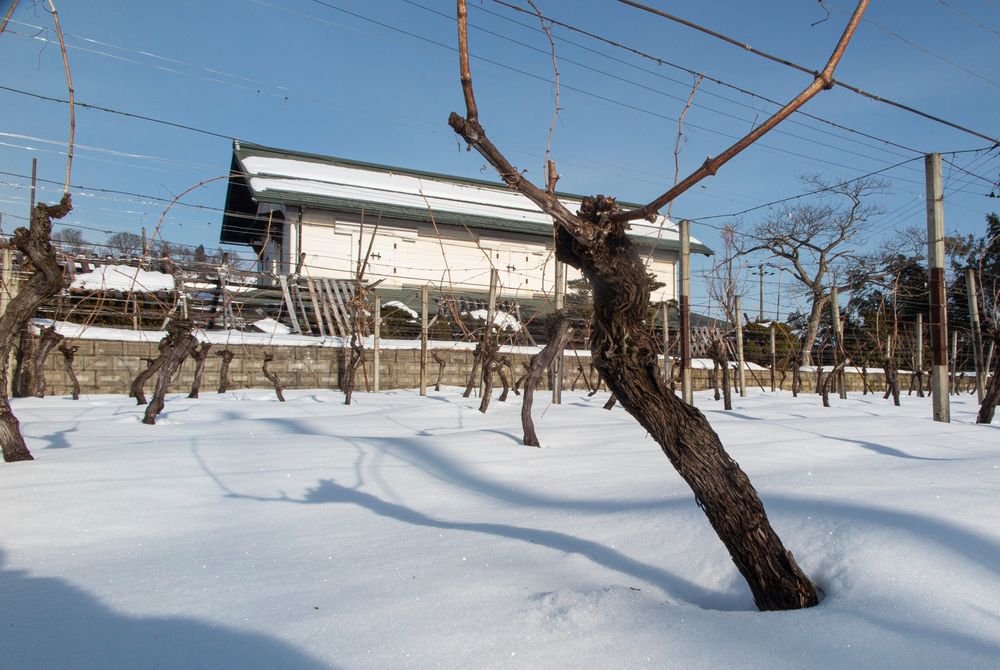
Takeda Winery, Japan
Which regions do you think will become increasingly significant as sparkling wine producers in the next two decades?
I think that both England and Tasmania are developing a sufficient critical mass in sparkling wine to make people – including the champenois – sit up and take note. Cap Classique producers are making waves and Canadian producers are looking to new cool regions such as Nova Scotia and Prince Edward County. Without the big brand power of Franciacorta and Trentodoc, Alta Langa in Piemonte is starting to make a noise, as are the recent defectors from the Cava DO: the Clàssic Penedès and Corpinnat groups. I would like to think that we’ll be hearing more about cold climate Hokkaido, the most northerly island in Japan.
Do you think Champagne will be able to cope with climate change as it is manifesting itself now?
That’s the €64,000 question (or £64 million at today’s rate of exchange). There is a section in the book on climate change in which I talk about the crisis as an existential threat to Champagne. You can see from the charts in there how much earlier picking dates now are, how much shorter the growing season, how much average growing season temperatures have risen, how sugar levels have risen and acidities fallen. I think that the champenois are putting a brave face on things but deep down, there are plenty of sleepless nights in Reims and Epernay. Not for nothing have Taittinger and Pommery decided to plant a flag – and vineyards – on English soil.
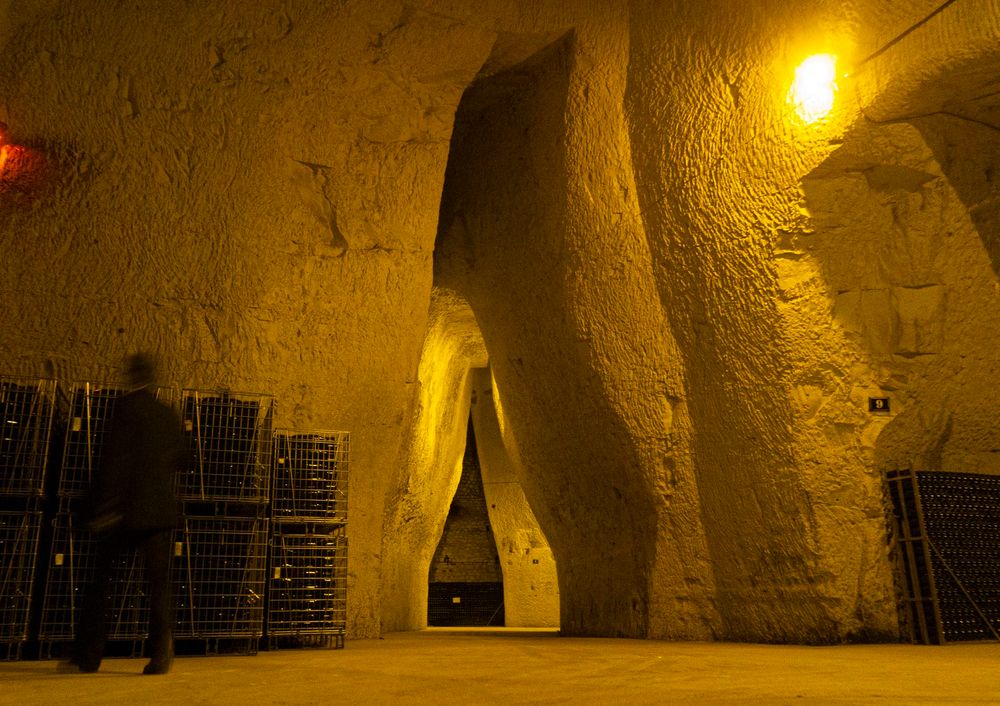
Crayer no9, Heidsieck
For how long do you think it can ‘hold out’?
In think that the champenois are already coming up with a variety of ways of mitigating the worst effects of climate change, in the terroir, in the viticulture and in the cellar too. So I’m confident that as long as they don’t twiddle their thumbs but take climate change seriously, and they do seem to be doing just that, they will do more than ‘hold out’, but turn it around. All of which assumes that the world itself manages to tackle the climate emergency and reduce greenhouse gas emissions to net zero by 2050.
Why has the gastronomic side of Champagne and sparkling wine always played ‘second fiddle’ to celebration do you think?
I think it’s largely a cultural issue. If you go to a restaurant in the Champagne region at Sunday lunchtime, tables overflow with Champagne. They know Champagne goes naturally with food. Counterintuitively, they have spent the best part of 300 hundred years telling us that it’s to be enjoyed celebrating birthdays, anniversaries, sporting triumphs, the launching of ships and planting flags on the tops of mountains – anything in fact but treating it like a wine to be enjoyed with food. Champagne’s messaging is changing, along with more food-friendly styles. Without the albatross of that legacy around their necks, sparkling wine producers are well-placed to show how well their fizz goes with food.
What are your views about the increasing number of complex Champagne cuvées? Is this a good thing? And is the ‘House NV blend’ in danger of being relegated in importance?
I’m all for diversity and choice, so if prestige cuvée, late-disgorged, brut nature and single parcel and vineyard wines are growing, I see that as a positive. I think that the house blend will continue to flourish because of the vagaries of vintage variation and climate extremes, and because, with a few exceptions, the houses don’t hold all the cards in terms of vineyard holdings, but rely for the most part on growers. Given the fact that the use of reserve wines allows them to maintain consistency of style and quality, I don’t see the house NV blend, or MV as some like to call it, as losing its importance in the foreseeable future. The fact that newcomers are building their reserves to increase their potential for non-vintage suggests that, if anything, the house NV blend will grow.
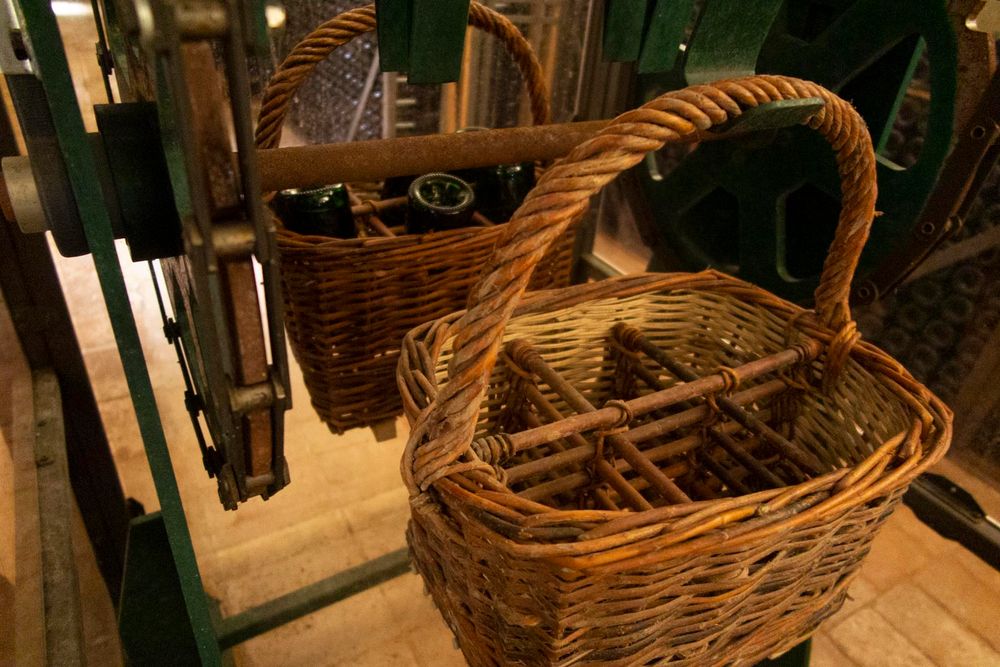
Cava Cordoniu, Spain
Has the Prosecco phenomenon liberated or cheapened sparkling wine?
Good question. As a lawyer by training, I hope you’ll forgive me if I say that the answer is both. As I say in the introduction, the spectacular rise of Prosecco has fed aspirations to the glam lifestyle without consumers having to beg, steal or borrow. It’s no coincidence that Rishi Sunak, in announcing the reduction on sparkling wine duty in his budget of 27 October said that ‘it’s clear sparkling wines are no longer the preserve of wealthy elites’. I think that the greater presence of fizz is ushering in a golden era for sparkling wine and while, yes, some brands will go the commodity route, others will take the high road. Italy is a good example because within Prosecco, you have the Conegliano, Valdobbiadene and Asolo DOCGs attempting to do just that, while outside Prosecco, classic method Franciacorta, Trentodoc and Alta Langa are competing for a slice of the action.
If you had to pick your 10 favourite sparkling wines in the world – what would they be?
Arras Late Disgorged Cuvée, Tasmania, Australia
Nyetimber Tillington Single Vineyard, West Sussex, England
Chapel Down Kit’s Coty Coeur de Cuvée, Kent, England
Bruno Paillard Nec Plus Ultra Champagne, France
Charles Heidsieck Brut Réserve NV Champagne, France
Grace Akeno Blanc de Blancs Extra Brut, Yamanashi, Japan
Raumland Triumvirat Grande Cuvée Brut, Rheinhessen, Germany
Giulio Ferrari Riserva del Fondatore, Trentodoc, Italy
Gramona III Lustros Reserva Brut Nature, Corpinnat, Spain
Schramsberg J Schram Brut Rosé, California, USA
Get 40% off the price of Fizz!
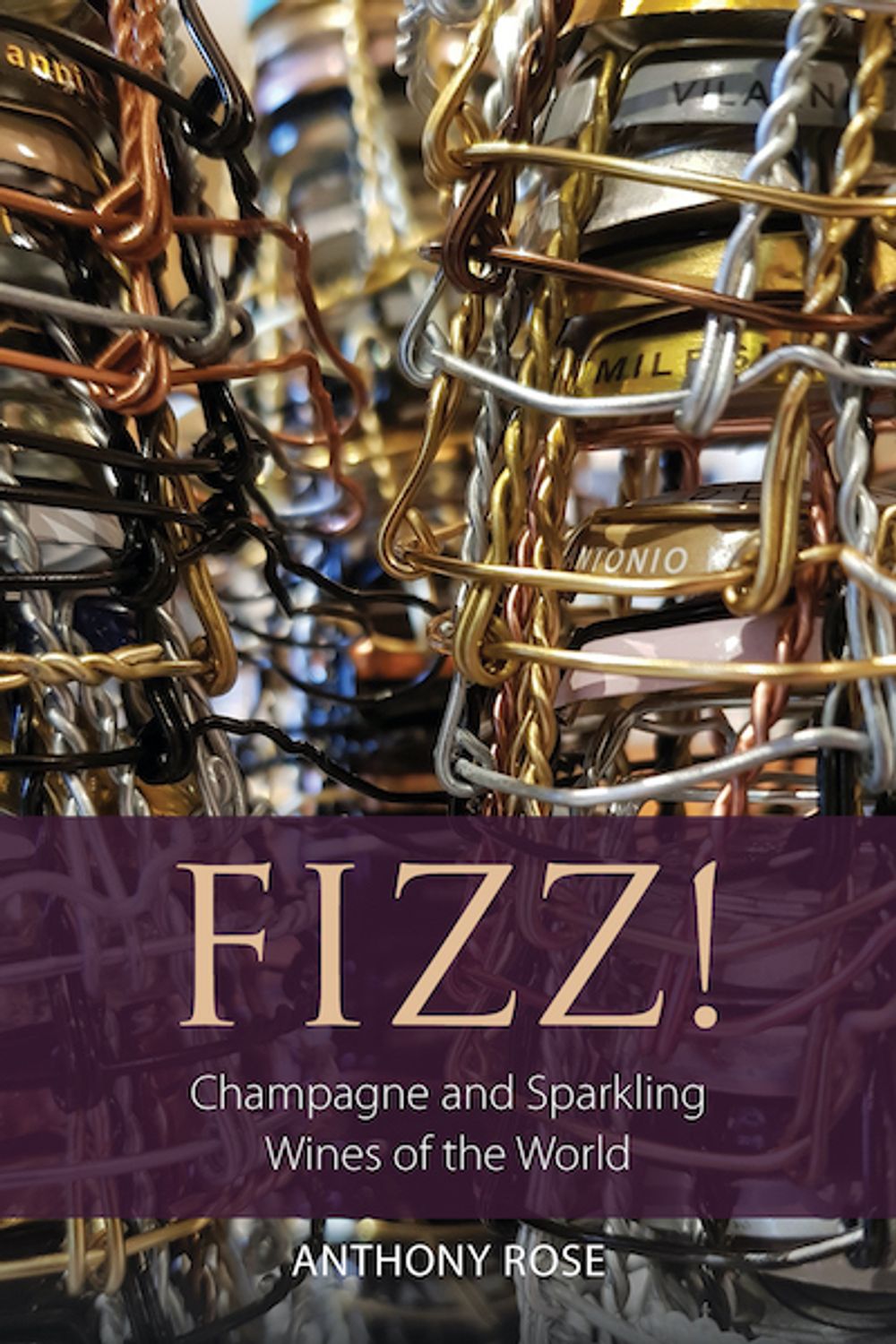
Anthony Rose’s new book Fizz! Champagne and Sparkling Wines of the World is out on Monday 29th November, priced £35, published by Infinite Ideas as part of its Classic Wine Library Series. In an exclusive offer readers of The Buyer can get 40% of the cover price. Simply click on this link and use the code FIZZBUYER40. The discount runs from Friday 26th November until midnight on Sunday, 12th December.
